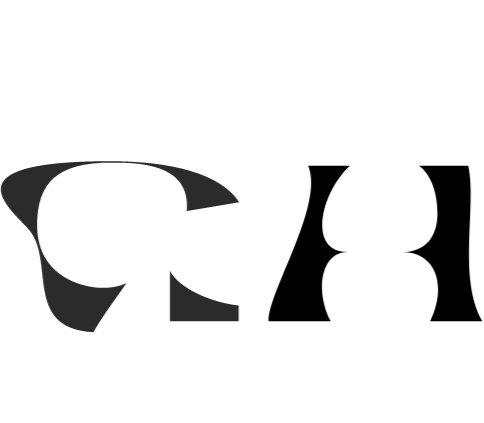Nakedness & Fern Cento 1
Looseness, why is there a shadow in a kitchen, there is a shadow in a kitchen because every little thing is better. Nest, chrysalis and garment only constitute one moment of a dwelling place. There are emptied spaces that ache in the uninhabited air and in my eyes, completely dressed creatures—no one naked here! And how many dreamers look everywhere in their house, or in their room, for the garment that suits them! A single line is a naked thing. We have poured into the sink the water in which the iris died. Around the size that is small, inside the stern that is the middle, besides the remains that are paying, inside the between that is turning, all the region is measuring and melting is exaggerating. The being blue of a cup could be thought as a way in which the cup is present in space, how it makes its presence felt. Which makes it a coat of crystal. The name it changes because in the little space there is a tree, in some space there are no trees, in every space there is a hint of more, all this causes the decision. And the change was like light moving through a prism, red turning to yellow, green to blue, and all by insensible degrees. Lay our bodies out like ferns unfisting. If we reduce a fern to ashes, which we dissolve in pure water, then allow the water to evaporate, we obtain lovely crystals that have the form of a fern frond. Panic versus a crystallographic form. Sun heats the stone, reveals a crescent of bare ground: brown ferns, and tufts of needles like red hair, acorns, a patch of moss, bright green. . . . And you can’t caress the elusive fern without feeling the utter astonishment of ivory. A single green sprouting thing would restore me. . . . One could base the model for form on a crystal or the lungs. The kiss now a fossil. She was developing a rock garden in the woods, cultivating ferns, wildflowers, and miniature evergreens. A fossil is not merely a being that once lived, but one that is still alive, asleep in its form.
1. Materials from Gaston Bachelard's The Poetics of Space (Beacon Press, 1994), Gernot Böhme's
Atmospheric Architectures: The Aesthetics of Felt Spaces (Bloomsbury Academic, 2017), Melody
S. Gee's Each Crumbling House (Perugia Press, 2010), Robert Hass' A Little Book on Form (Ecco,
2017), Lyn Hejinian’s My Life and My Life in the Nineties (Wesleyan University Press, 2013), Mark
Irwin's Large White House Speaking (New Issues Poetry & Prose, 2013), Federico García Lorca's Poet
in New York: Bilingual Edition (FSG Classics, 2013), Jane Kenyon’s Collected Poems (Graywolf Press,
2007), Gertrude Stein's Tender Buttons: Centennial Edition (City Lights Publishers, 2014).
ξ
Trevor Ketner is the author of Negative of a Photo of Fire (Seven Kitchens Press, 2019) and Major Arcana: Minneapolis, winner of the 2017 Burnside Review Chapbook Contest. They have been or will be published in Academy of American Poets' Poem-a-Day, Best New Poets, New England Review, Ninth Letter, West Branch, Pleiades, Diagram, Memorious, and elsewhere. Their essays and reviews can be found in The Kenyon Review, Boston Review, Lambda Literary, and elsewhere. They hold an MFA from the University of Minnesota and have been awarded residencies at Vermont Studio Center and Saltonstall Foundation for the Arts. They live in Manhattan with their husband.
